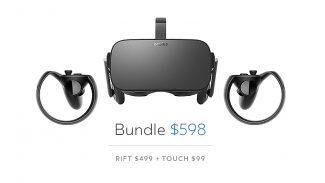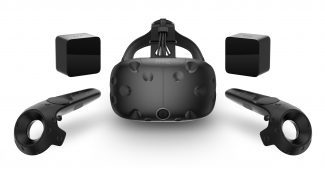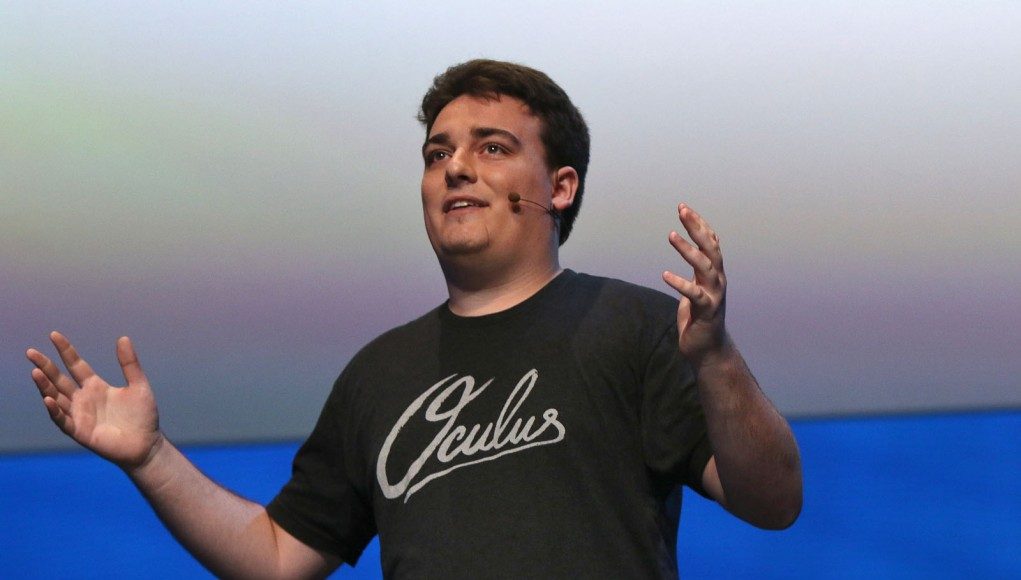Why Wait?
Though the enthusiasts among us are excited for next-gen headset hardware because it’s easy to see much better the headsets are going to get just by enhancing the basic specs like resolution, weight, and field of view, there’s good reason for the major players to take a slow and steady approach.
HTC’s Vive General Manager, Daniel O’Brien, said recently that the company doesn’t want to push out a new version of the existing Vive headset until it can offer something new.
“It’s not about picking a production cycle and timeline, it’s about bringing really meaningful innovation that helps the developer community to create compelling new experiences,” he said.
Given the current market climate, it makes sense to have as few hardware revisions as possible so that developers have a cohesive audience to target. If these companies began offering relatively small hardware improvements on a yearly basis, it would risk divvying up the fledgling audience of VR gamers that developers rely on to fuel the creation of compelling content (which in turn drives sales).
Until there’s something game-changing to add to the hardware, a ‘Rift 2’ or ‘Vive 2’ with slightly higher resolution doesn’t add enough value to justify the risk of dicing up the still growing consumer market.In The Meantime
So what happens while we wait? At the moment, the biggest value that headset makers can add to the VR market as a whole is not new headsets with new features, but the same headsets at a lower cost.

In March, Oculus managed to chop $100 off of the Rift headset and $100 off of the Touch controllers, bringing the Rift + Touch package down to a more palatable $600 (rather than $800).

Meanwhile, HTC has introduced easily accessible financing options to let eager customers split up the cost of the $800 Vive system over a longer period. The company recently expanded that offering to bundles covering the system and a VR Ready PC or GPU. And while HTC hasn’t made any permanent price cuts, they have perhaps been working from the other end (improving the headset while keeping the price the same) by significantly reducing the weight of the headset and beginning to ship tweaked base stations, not to mention new accessories introduced in 2017.

Sony hasn’t made any price cuts to its PlayStation VR headset, though as the most affordable option (and so far best selling) from the get-go, you can imagine why they’re pretty happy with the status quo.
My hope is that holiday season 2017 will bring the best deals yet on these VR headsets, significantly bolstering the install base. Holiday 2016 saw roughly a $100 discount as the best deal on the Rift or Vive, but for holiday 2017 sales I’m really hoping we’ll see limited time Rift + Vive sales priced at $400 with the Vive priced at $500. As for Sony, so far the company hasn’t offered up a PlayStation 4 + PSVR bundle and I’d love to see one on sale for the holidays at $500.







